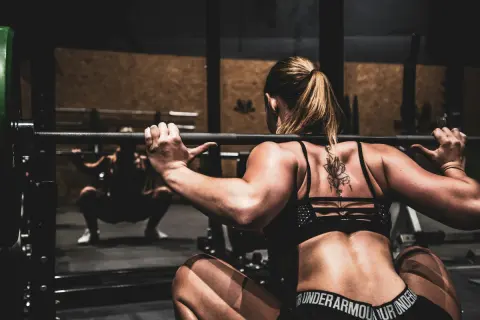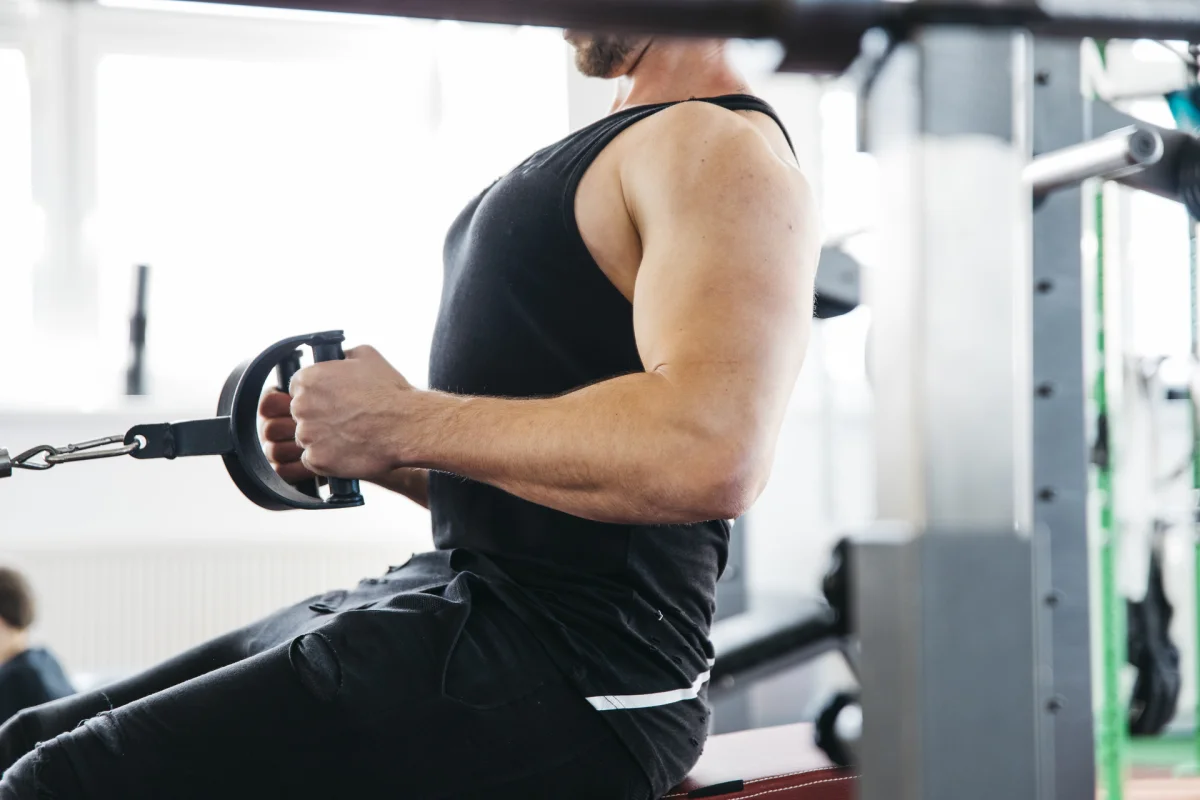 Tuesday, August 26, 2025
Tuesday, August 26, 2025Seated Row – The Key to a Strong Back in the Gym
A powerful back is not only visually impressive but also essential for posture, stability, and performance in almost all sports. One of the most effective exercises to specifically develop the back muscles is the Seated Row – also known as the seated row. This exercise is a classic in the gym and is suitable for both beginners and advanced practitioners.
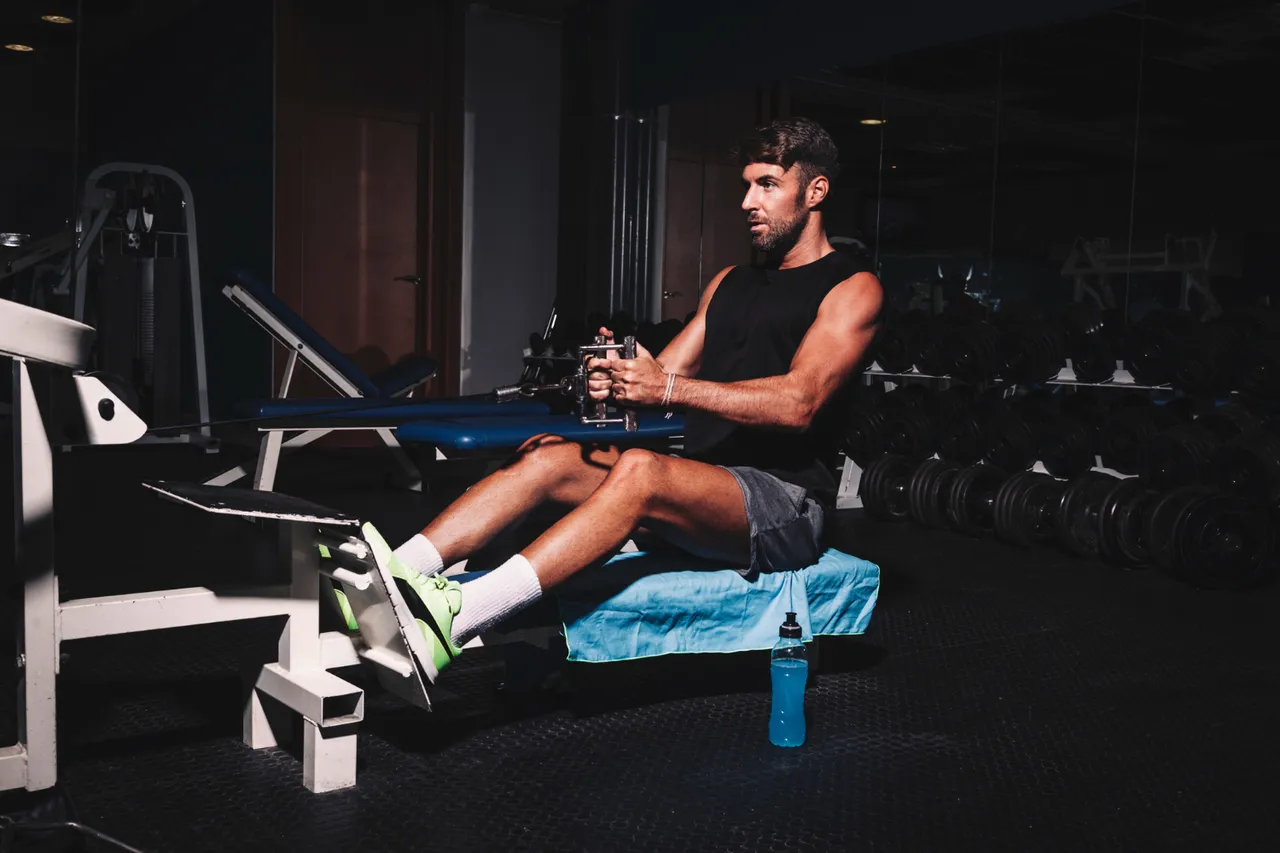
What is the Seated Row?
The Seated Row is a pull exercise using a cable machine or special rowing devices, where you sit and pull a weight towards your torso in a controlled manner. It belongs to the so-called pull exercises and mainly trains the latissimus dorsi (broad back muscle), the rhomboids, the trapezius, as well as the biceps and the forearms.
Compared to pull-ups or barbell rows, the Seated Row is gentler on the joints because the motion path is guided and the load is more controllable.
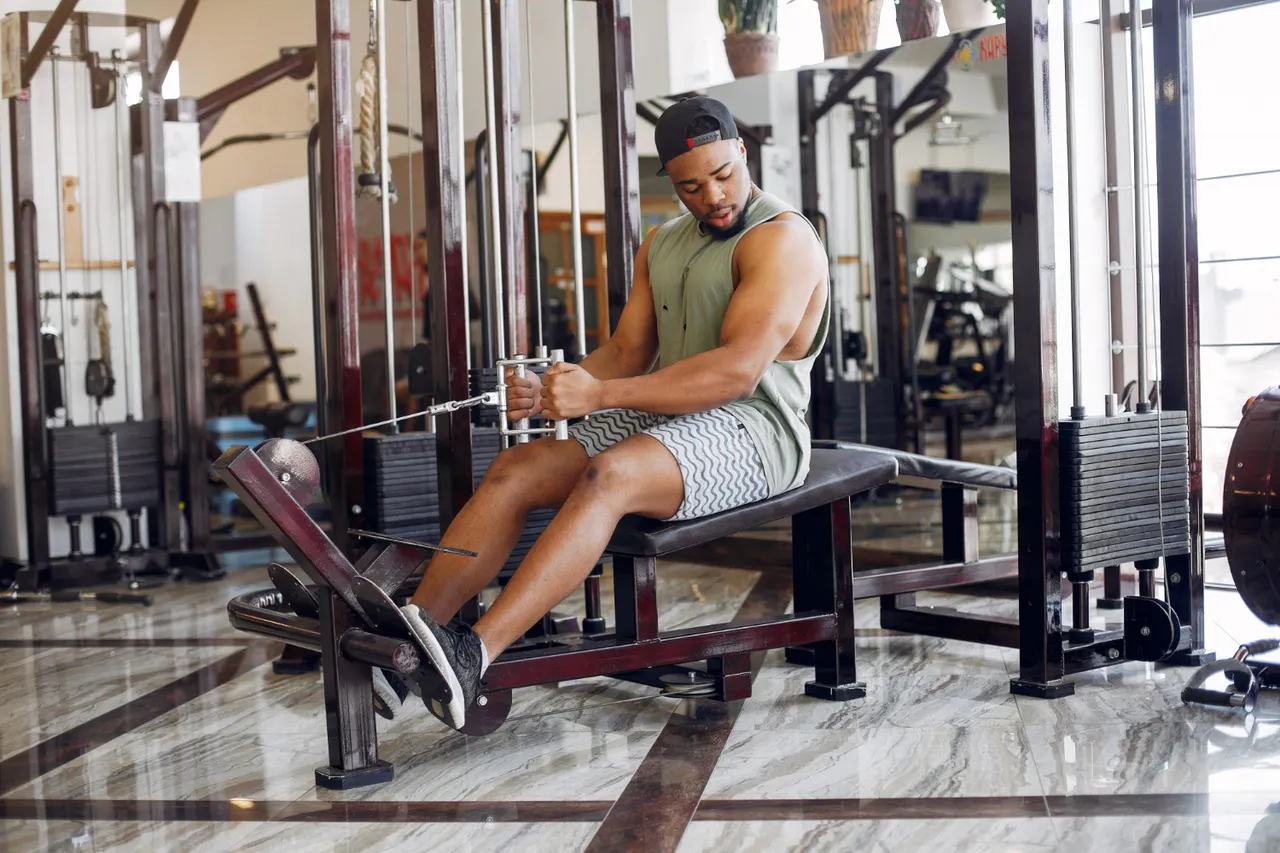
Muscles Trained in the Seated Row
| Muscle Group | Function during Exercise |
|---|---|
| Latissimus dorsi | Primarily responsible for drawing the arms back |
| Rhomboids | Stabilization of the shoulder blades |
| Trapezius (middle/lower) | Assists in retraction and stability |
| Biceps brachii | Supports the pulling movement |
| Forearms / Grip Muscles | Grip stabilization |
| Rear Shoulders | Aids in guiding the shoulder blades |
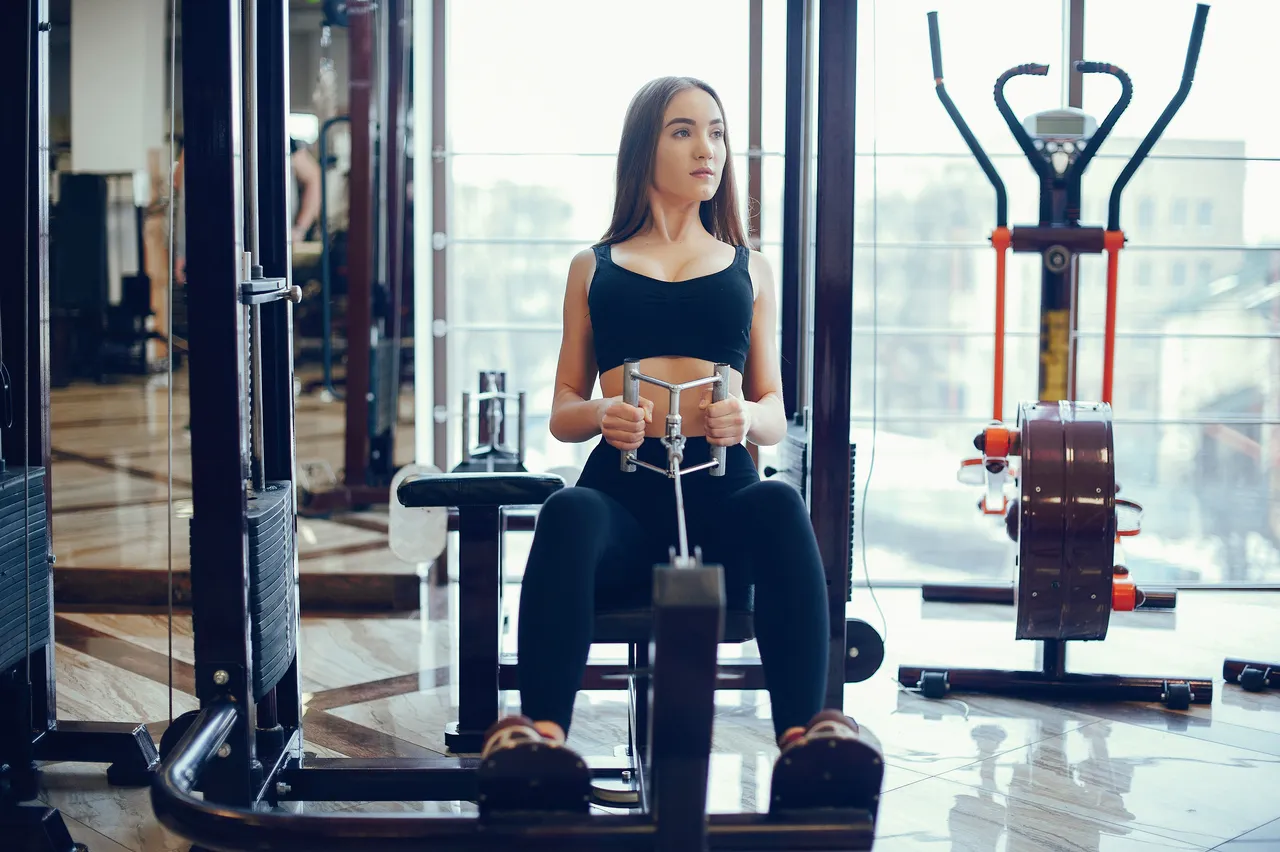
Proper Technique – Step by Step
Assume Starting Position
- Sit upright on the machine.
- Place your feet firmly on the platform, knees slightly bent.
- Grasp the handle (V-grip or bar) with both hands.
Start Position
- Keep your back straight, chest slightly forward.
- Arms are almost extended, shoulders pulled down and back.
- No rounding of the back!
Pull Phase
- Pull the handle in a controlled manner towards the torso (towards navel or chest, depending on grip).
- Elbows close to the body, consciously pulling shoulders back.
- Hold end position briefly, feel the tension in the back.
Return Phase
- Slowly and controlled extend the arms without allowing the back to round.
- Let the shoulder blades glide forward but don't completely relax.
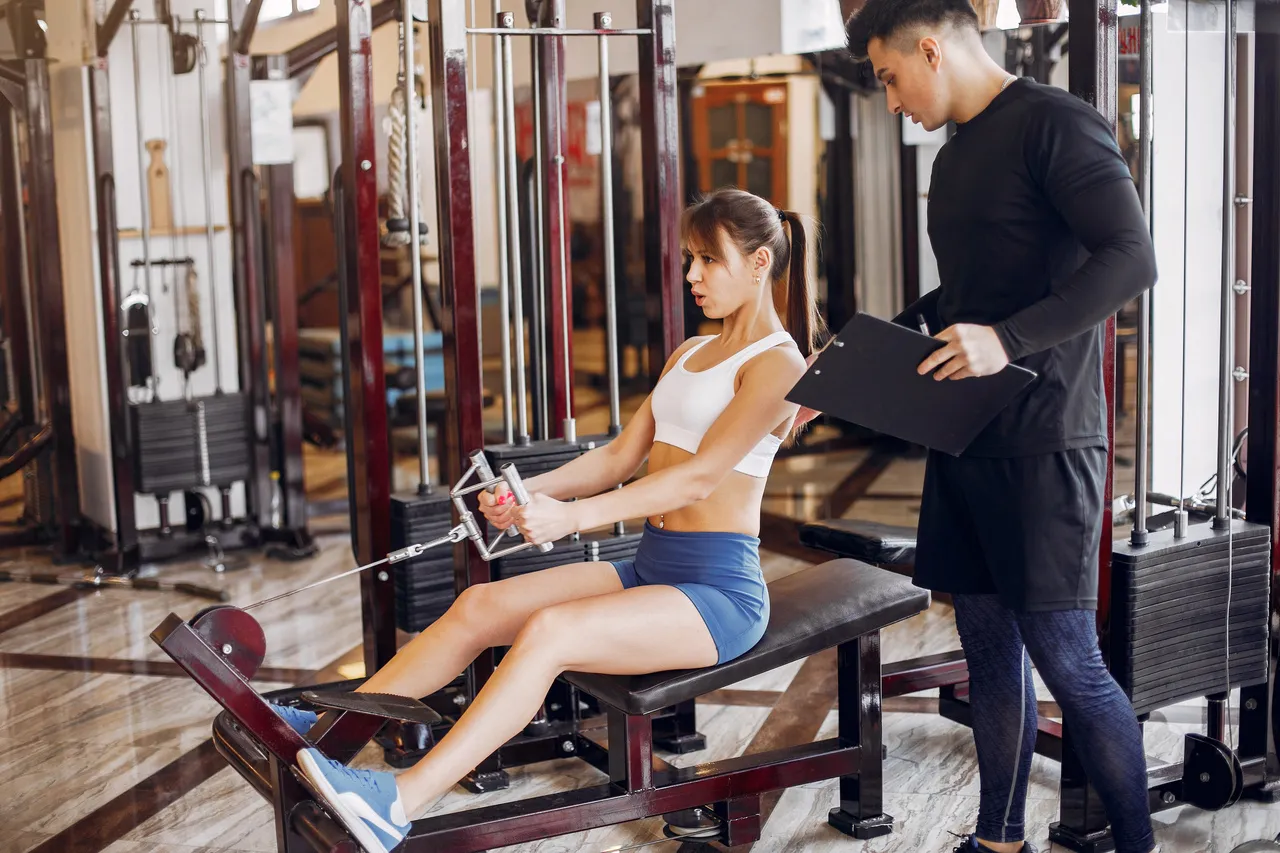
Common Mistakes
- Rounded Back: Strains the intervertebral discs and removes tension from the back.
- Too Much Momentum: The movement should be controlled and without jerky pulling.
- Only Pulling with the Arms: Focus must be on the back – lead elbows back and actively move shoulder blades.
- Weight Too Heavy: Leads to poor technique and a higher risk of injury.
Variations of the Seated Row
V-Grip (Classic)
- Close elbow positioning, more focus on latissimus and mid-back.
Wide Grip (to Chest)
- Greater upper back and rear shoulder involvement.
Single-Arm Seated Row
- Improves muscle balance and activates the core muscles more strongly.
Neutral Grip (D-handles)
- Easier on the wrists, balanced load.
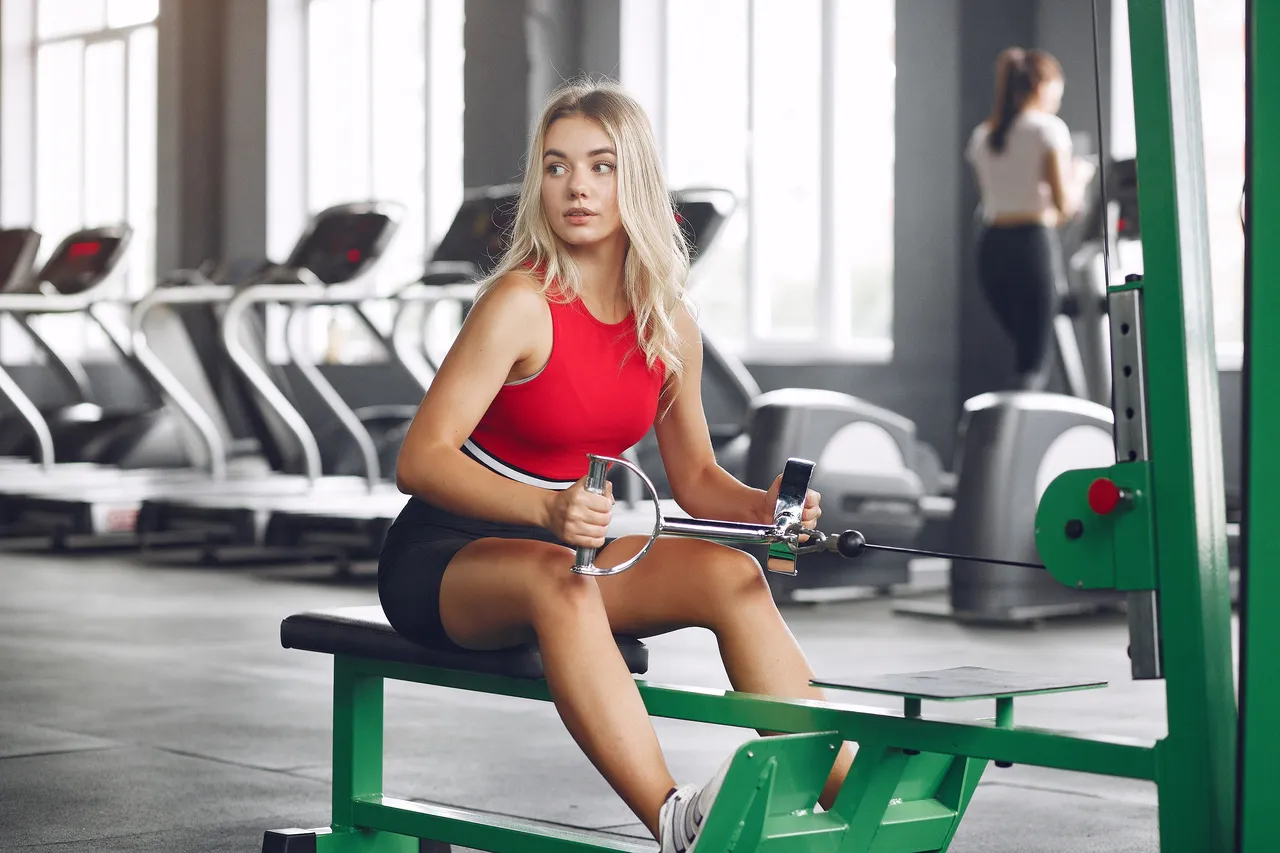
Scientific Background
Studies on EMG activity (muscle activation) show that sitting row movements are among the best exercises for the mid-back and postural muscles (Schoenfeld, 2010). Especially for people who sit a lot, this exercise is a perfect balance, as it trains the retraction of the shoulder blades and prevents postural problems.
Another advantage: Unlike free rowing exercises (barbell rows), the Seated Row is also safe for beginners, as the spine is less heavily loaded.
Tips for Maximum Effectiveness
- Moderate Weight, Clean Technique: Better slower and controlled than heavy and sloppy.
- Pause at the End Point: Hold the end position for 1–2 seconds to maximally activate the back muscles.
- Breathing: Exhale when pulling, inhale when returning.
- Progressive Overload: Gradually increase weight to ensure long-term muscle growth.
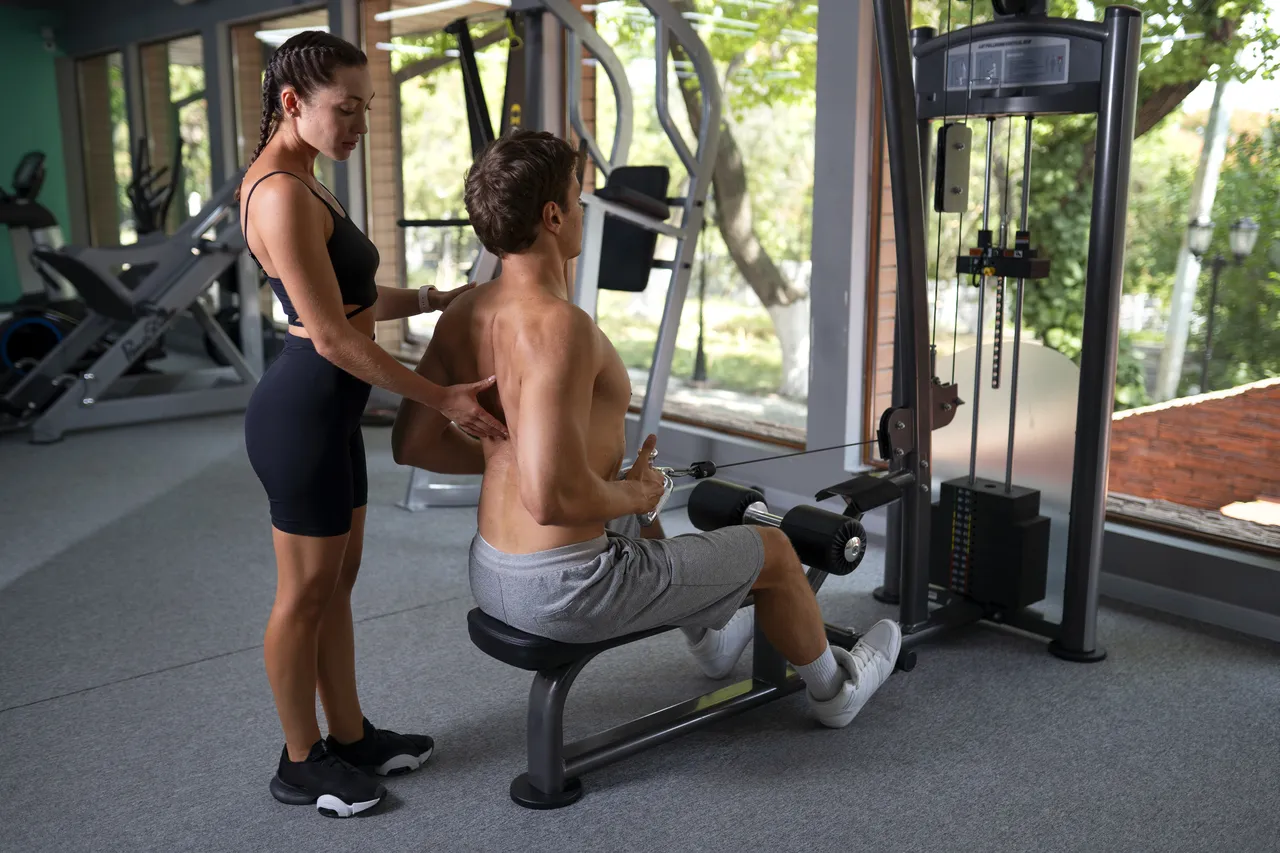
Conclusion
The Seated Row is one of the best exercises for a strong, broad, and stable back. It promotes muscle growth, posture correction, and strength development while simultaneously reducing injury risk compared to free rowing exercises. Whether with a close V-grip, wide grip, or single-arm – those who regularly incorporate the Seated Row into their training plan build a stable foundation for all push and pull exercises.

